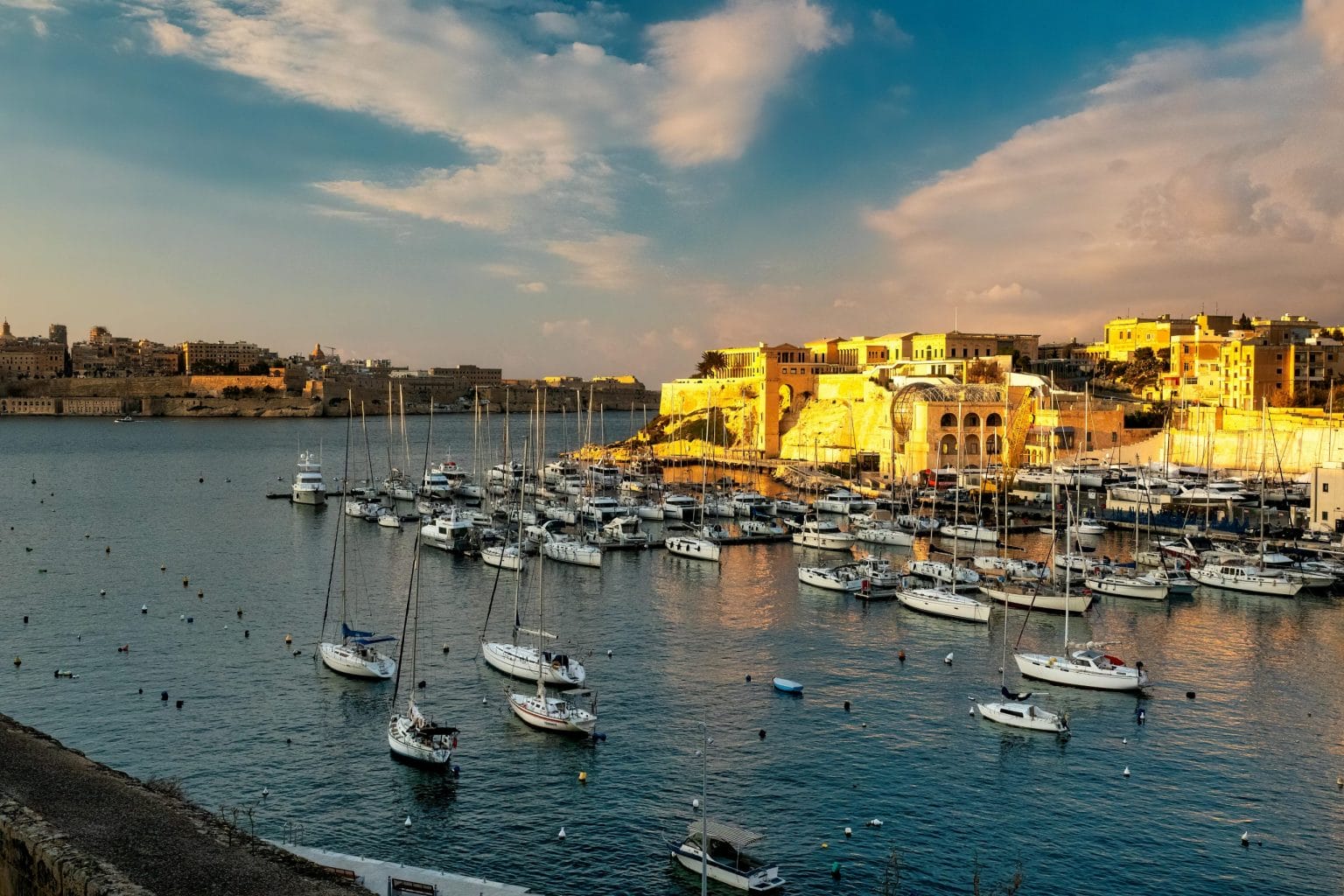Malta, often celebrated for its sun-kissed beaches and azure waters, harbours a wealth of cultural treasures that beckon travellers to explore beyond its sandy shores. From ancient fortifications and megalithic temples to vibrant artisan workshops, the island offers a rich tapestry of experiences that showcase its storied past and dynamic present.
1. Mdina: The Silent City
Perched atop a hill in the heart of Malta lies Mdina, often referred to as the “Silent City.” This ancient walled city, with its labyrinthine streets and medieval architecture, offers a serene escape into the past. Once the island’s capital, Mdina is a treasure trove of historical sites, including the magnificent St. Paul’s Cathedral and the Palazzo Falson Historic House Museum. As you wander through its narrow alleys, the city’s timeless ambience starkly contrasts the bustling coastal areas.
2. Valletta Glass: A Glimpse into Maltese Craftsmanship
Nestled within the Ta’ Qali Crafts Village, Valletta Glass stands as a testament to Malta’s enduring artisan heritage. Established in 1988, this workshop is dedicated to preserving the traditional methods of glassblowing, producing exquisite hand-blown glass pieces that reflect both time-honoured techniques and contemporary aesthetics.
Visitors to Valletta Glass are treated to live demonstrations, offering an intimate look at the intricate process of transforming molten glass into delicate art forms. The skilled artisans deftly manipulate the material, showcasing a craft honed over centuries. Each unique piece, from elegant vases to intricate figurines, embodies the vibrant colours and swirling patterns characteristic of Maltese glass.
3. The Megalithic Temples: Echoes of Prehistory
Malta boasts some of the world’s oldest free-standing structures, the megalithic temples, dating back to between 3600 and 2500 BC. Sites such as Ħaġar Qim and Mnajdra offer a window into the island’s prehistoric past, showcasing impressive stone constructions that have withstood the test of time. These UNESCO World Heritage sites provide insight into the early inhabitants’ architectural prowess and spiritual practices.
4. The Three Cities: Vittoriosa, Senglea and Cospicua
Across the Grand Harbour from Malta’s capital city, Valletta, lie the historic fortified cities of Vittoriosa, Senglea, and Cospicua, collectively known as the Three Cities. These settlements predate the capital and offer a glimpse into Malta’s maritime history. Strolling along their waterfronts, visitors can admire the impressive fortifications, charming alleys, and vibrant marina life. The Inquisitor’s Palace in Vittoriosa and the Gardjola Gardens in Senglea are notable attractions showcasing the area’s rich heritage.
5. The Hypogeum of Ħal-Saflieni: An Underground Wonder
Discovered in 1902, the Hypogeum of Ħal-Saflieni is an underground necropolis dating back to around 4000 BC. This subterranean complex, carved into limestone, features intricately decorated chambers and serves as a testament to the island’s prehistoric culture. Due to its delicate nature, visitor numbers are limited, making it essential to book in advance.
6. Marsaxlokk: The Fishing Village
For a taste of traditional Maltese life, a visit to the fishing village of Marsaxlokk is a must. Famous for its colourful luzzu boats adorned with the Eye of Osiris, the village offers a bustling Sunday fish market and a plethora of seafood restaurants along the waterfront. The vibrant atmosphere provides a delightful contrast to the island’s more frequented tourist spots.
7. The National Museum of Archaeology: A Journey Through Time
Located in Valletta, the National Museum of Archaeology houses an extensive collection of artefacts that chronicle Malta’s history from the Neolithic period to the Phoenician era. Highlights include the “Sleeping Lady” figurine and the “Venus of Malta,” both exquisite examples of prehistoric art. The museum offers valuable context to the island’s numerous archaeological sites.
8. The Blue Grotto: Nature’s Masterpiece
While Malta’s beaches are renowned, the Blue Grotto offers a different kind of natural wonder. Accessible by boat, this series of sea caverns on the southern coast is famed for its mesmerising azure waters and stunning rock formations. The interplay of sunlight and sea creates a dazzling display of colours, making it a favourite spot for photographers and nature enthusiasts alike.
Malta’s allure extends far beyond its picturesque beaches. The island’s rich tapestry of cultural, historical and natural attractions offers travellers diverse experiences.
From the ancient streets of Mdina and the prehistoric temples to the vibrant artisan workshops like Valletta Glass, Malta invites exploration and discovery at every turn. By venturing beyond the shoreline, visitors can uncover the hidden gems that truly define the Maltese archipelago.




